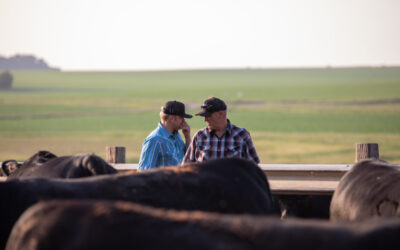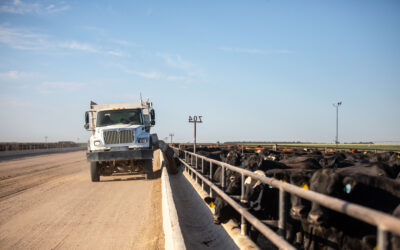
A scary little myth
By: Miranda Reiman
October 31, 2011
I will be dressing up like a pirate tonight. Why? Because my 3-year-old son is going as a pirate and he insisted that I should dress up with him and who can tell this little matey no?
So although my evening will be spent with PG-version spooks, I thought I’d bring up this myth that frightens grown men and women. (It’s sort of a follow up to last week’s suggestion that you check into retained ownership.)
Myth—Finding a feedlot is scary.
Fact—It is a big decision, but it can be painless and pretty easy. If you’ve decided you want to feed your calves, partner with a feedlot or just build relationships with one you can market to directly, it just takes a little homework.
I could go on and on, but really our own Paul Dykstra and Oklahoma State University’s Greg Highfill tell it better:
And of course you can check out the “Select a Feedlot” page on our newly redesigned website; it’s complete with a printable checklist you can use as you do that homework.
See, that’s not so scary is it?
Happy Halloween & May your bottom line be filled with black ink,
~Miranda
PS–You still have until the end of the day today to win some fun prizes for playing our scavenger hunt. Just check out Friday’s post for all the details: https://cabcattle.com/2011/10/28/focus-on-cattlemen/.
You may also like
System Over Scale
For Dallas Knobloch, it’s not about being the biggest feedyard—it’s about building a high-quality system that works. Today, with Tory’s wife Sadie and daughter Ivy, the Knobloch family owns and operates 4K Cattle. They feed 2,500 cattle at eight locations within 10 miles of home, manage 1,000 acres of crops and run a 125-head cow herd, all near Hills, Minn.
Data-Driven Progress and Partnerships
Discussions at Feeding Quality Forum reaffirmed the industry’s commitment to quality, transparency and innovation. With record Prime rates and strong consumer demand, producers who invest in genetics, health and relationships are positioned to drive progress and capture premiums.
Feeding Quality Forum Dates Set Earlier in August
When you’re feeding cattle, it counts to keep track of every calf, pound and dollar. Beyond the event’s educational sessions, networking between segments of the beef supply chain is invaluable—from feeders and cow-calf operators to allied industry and university researchers.




